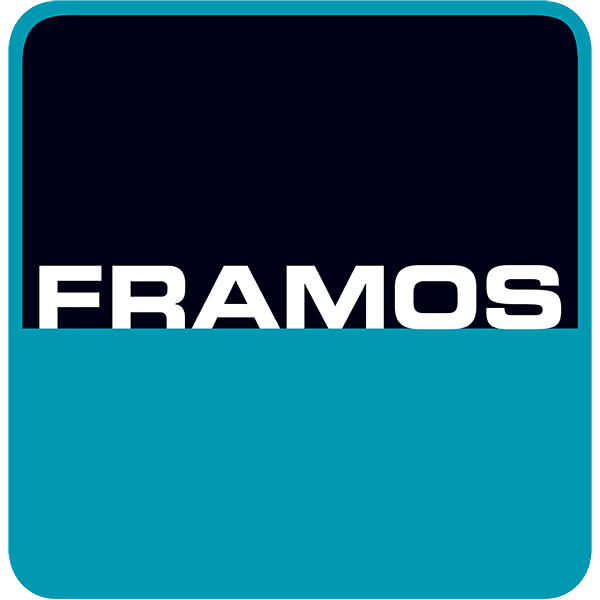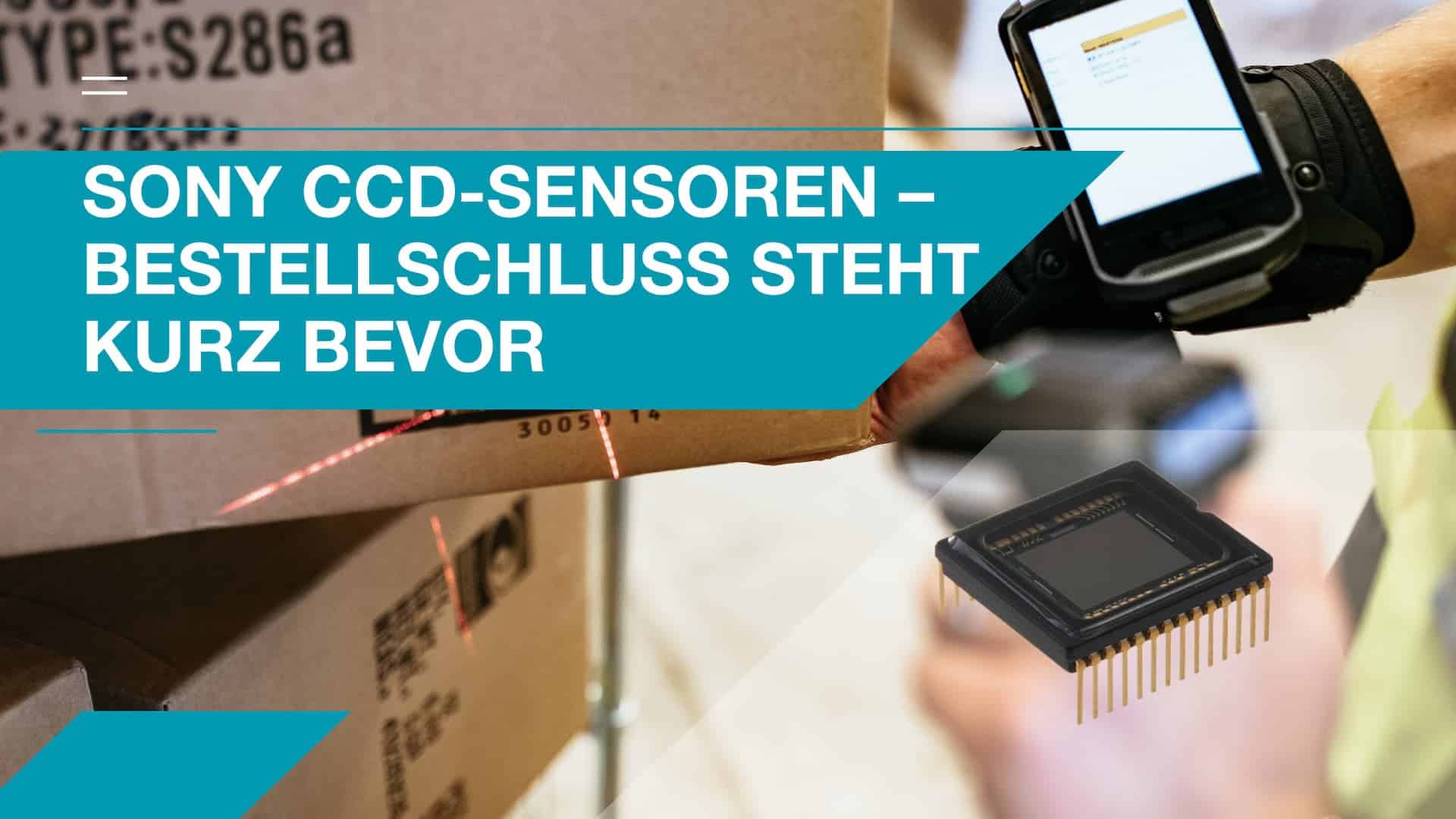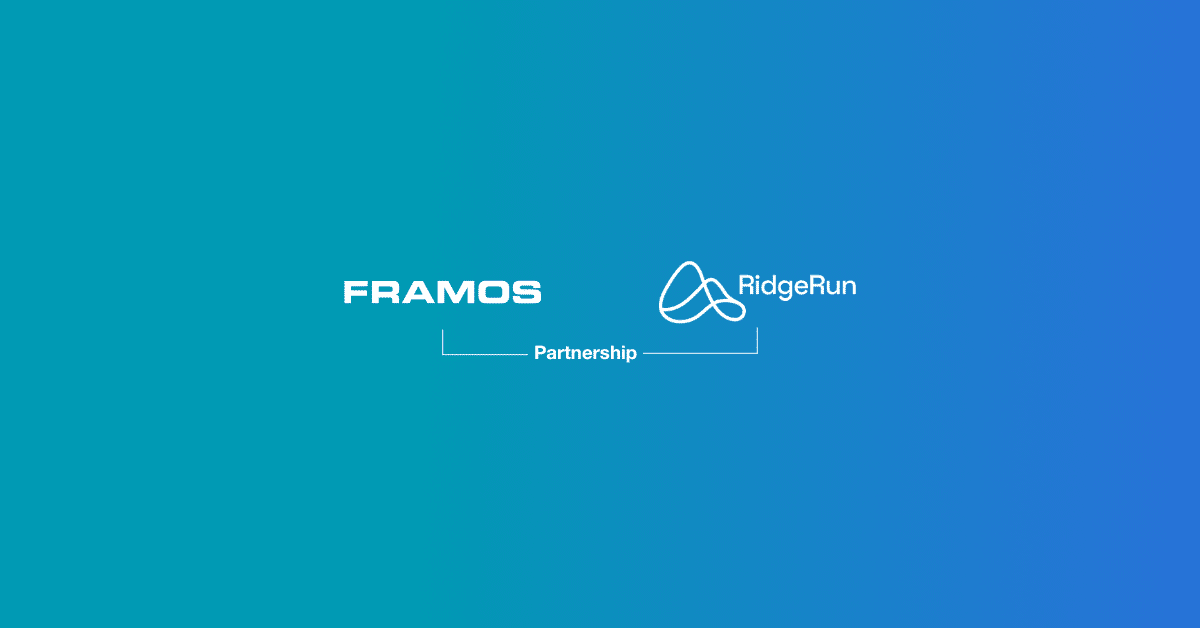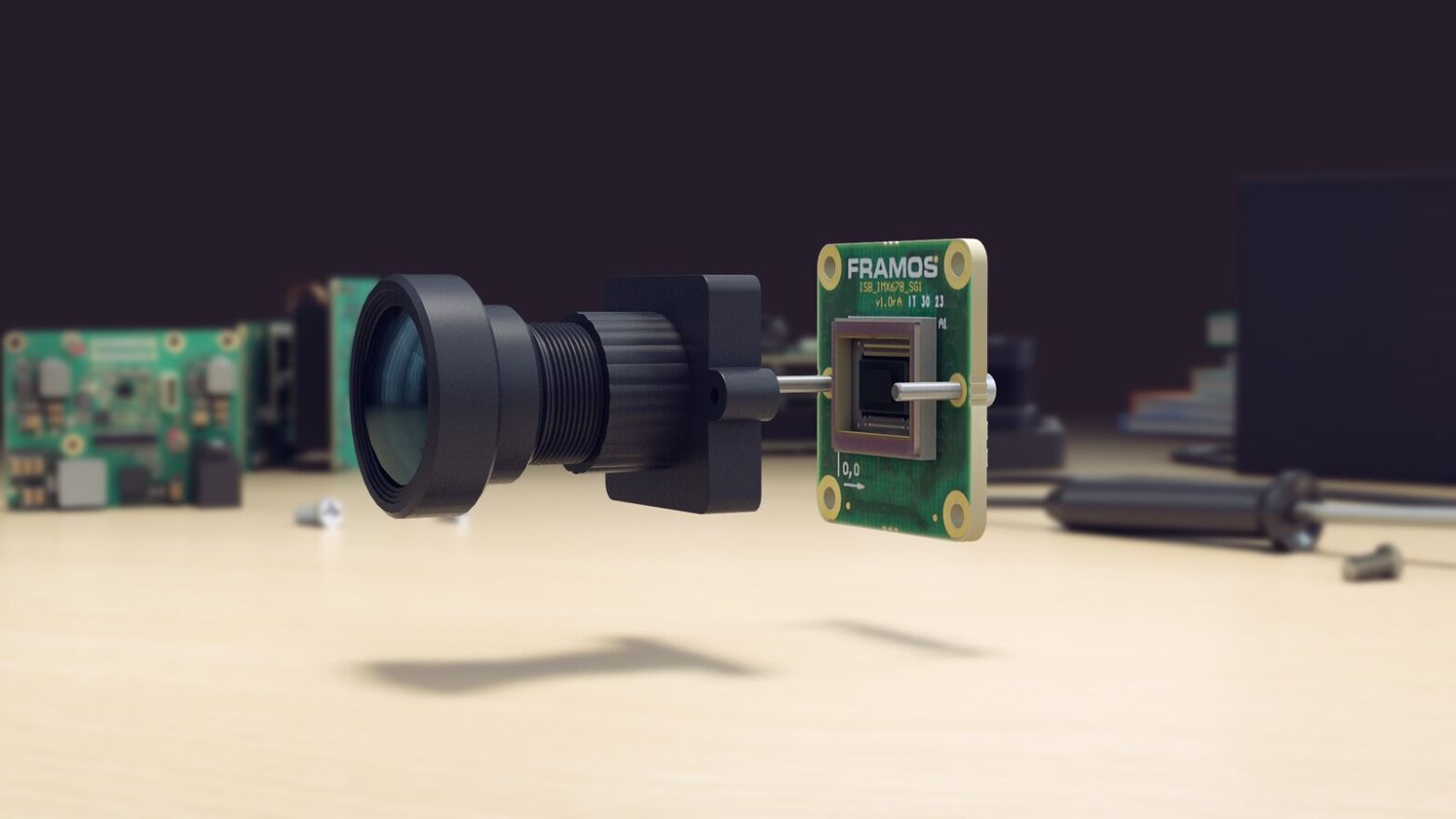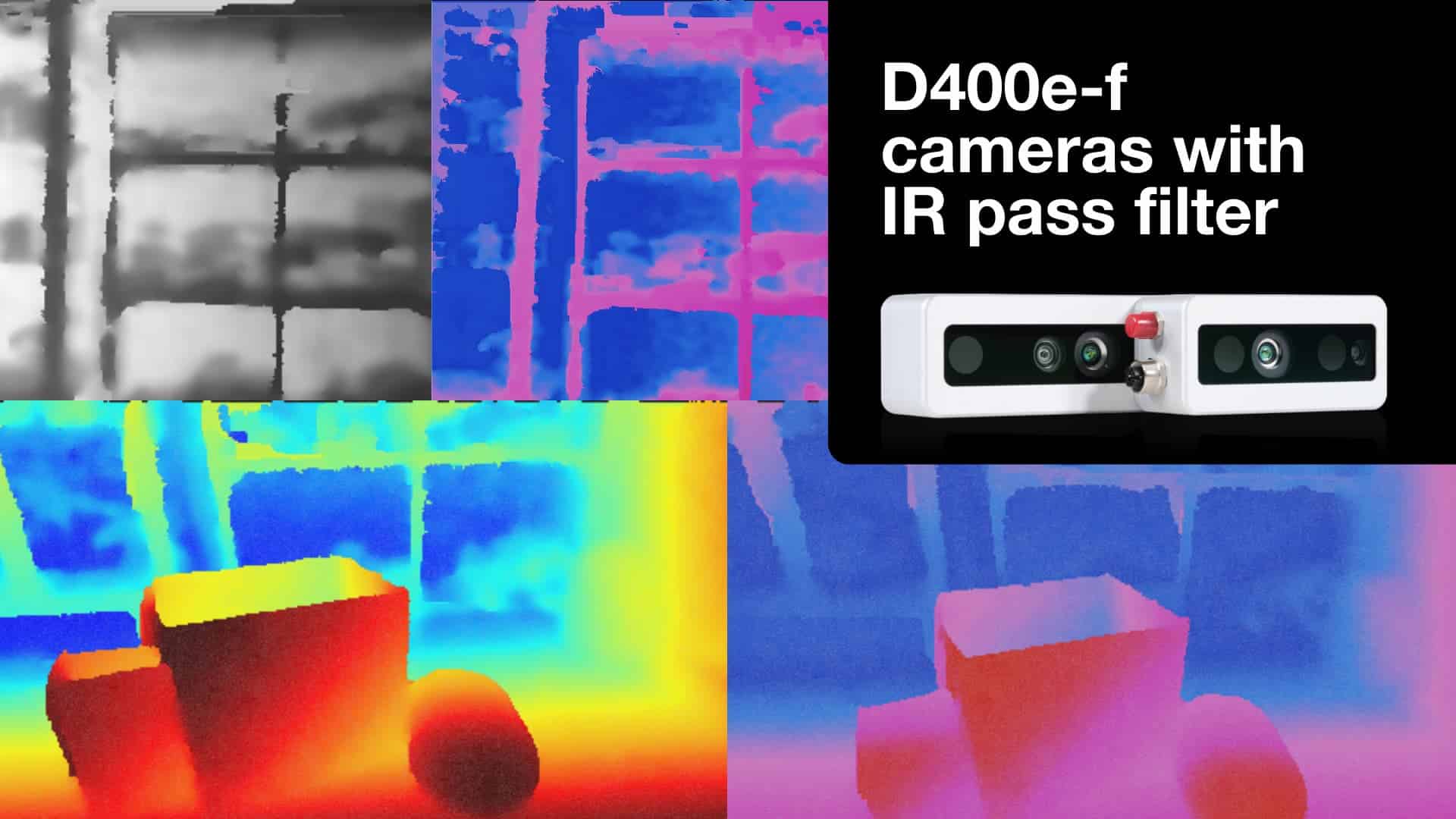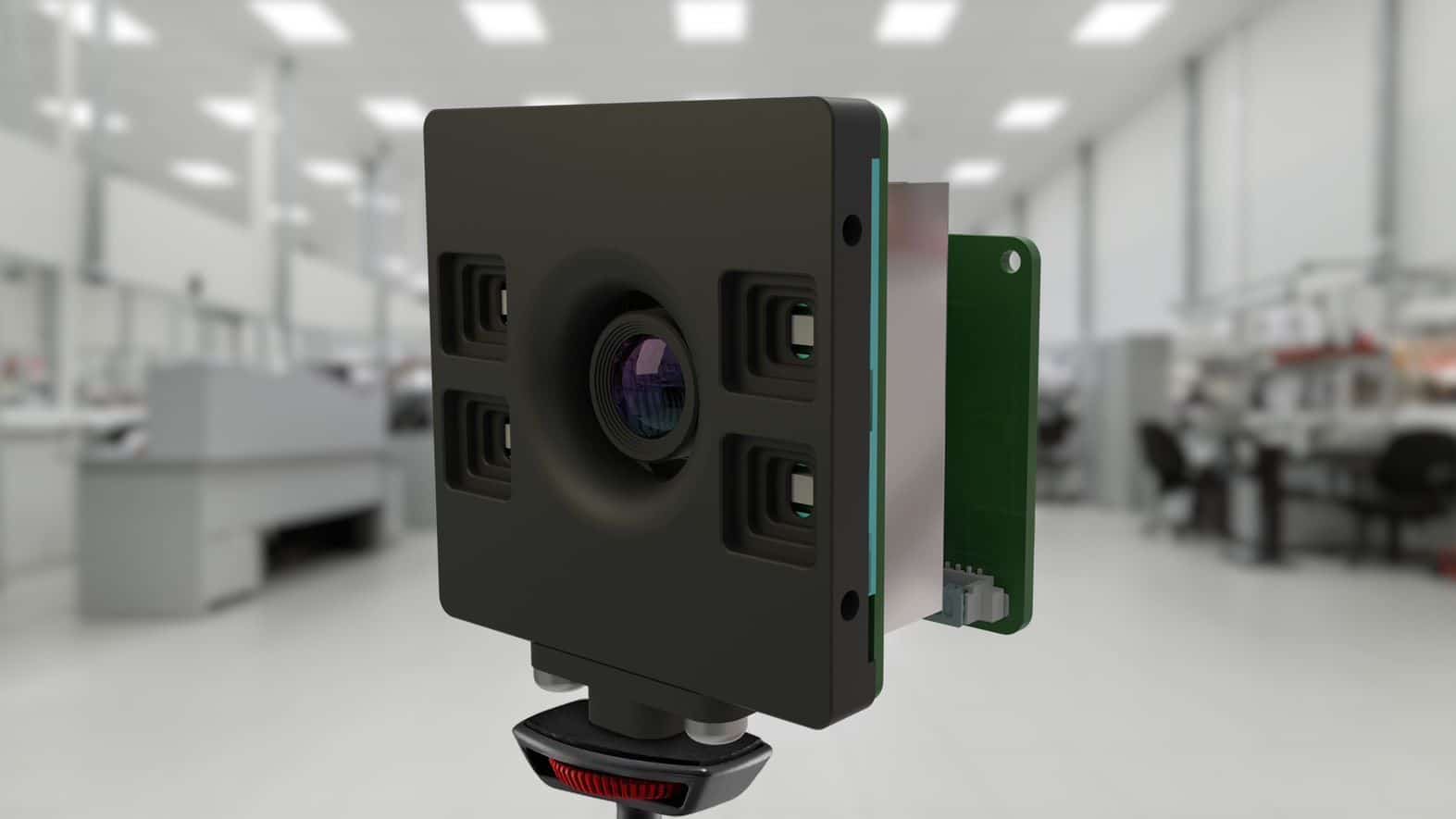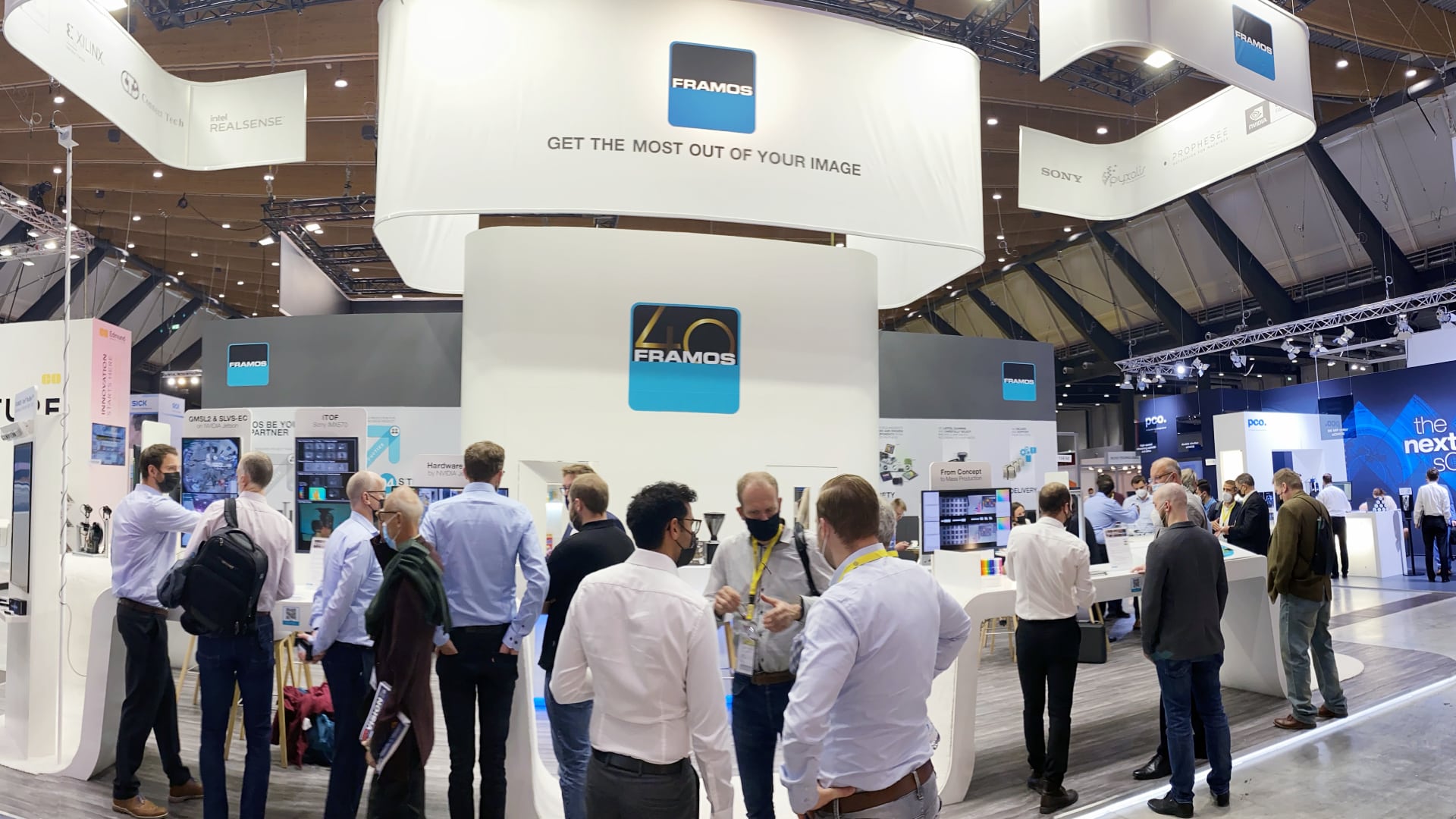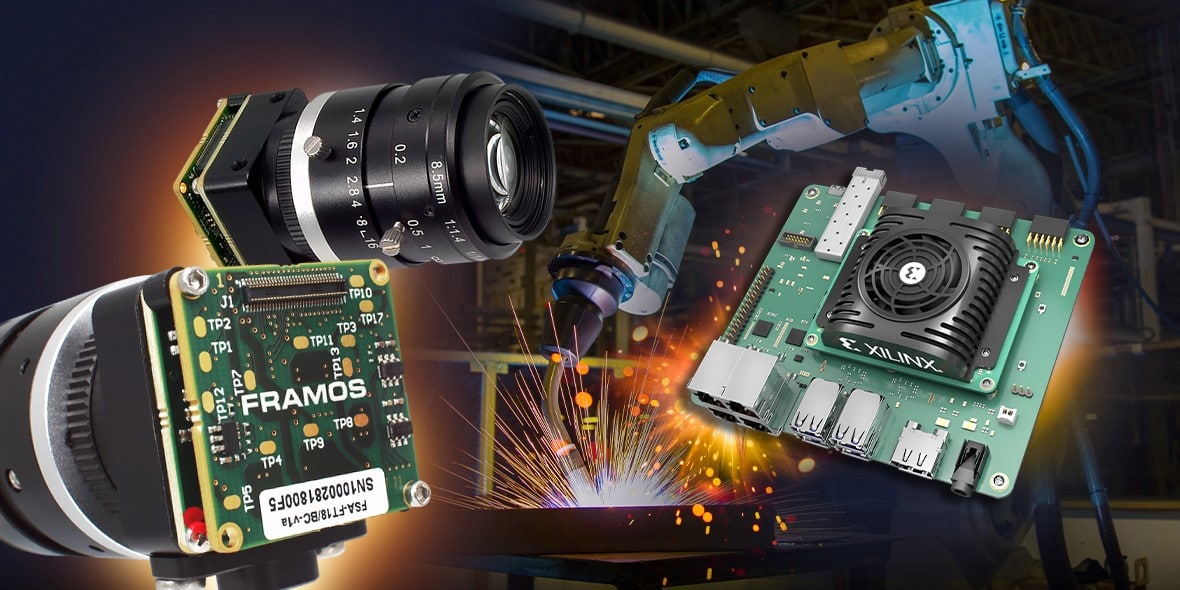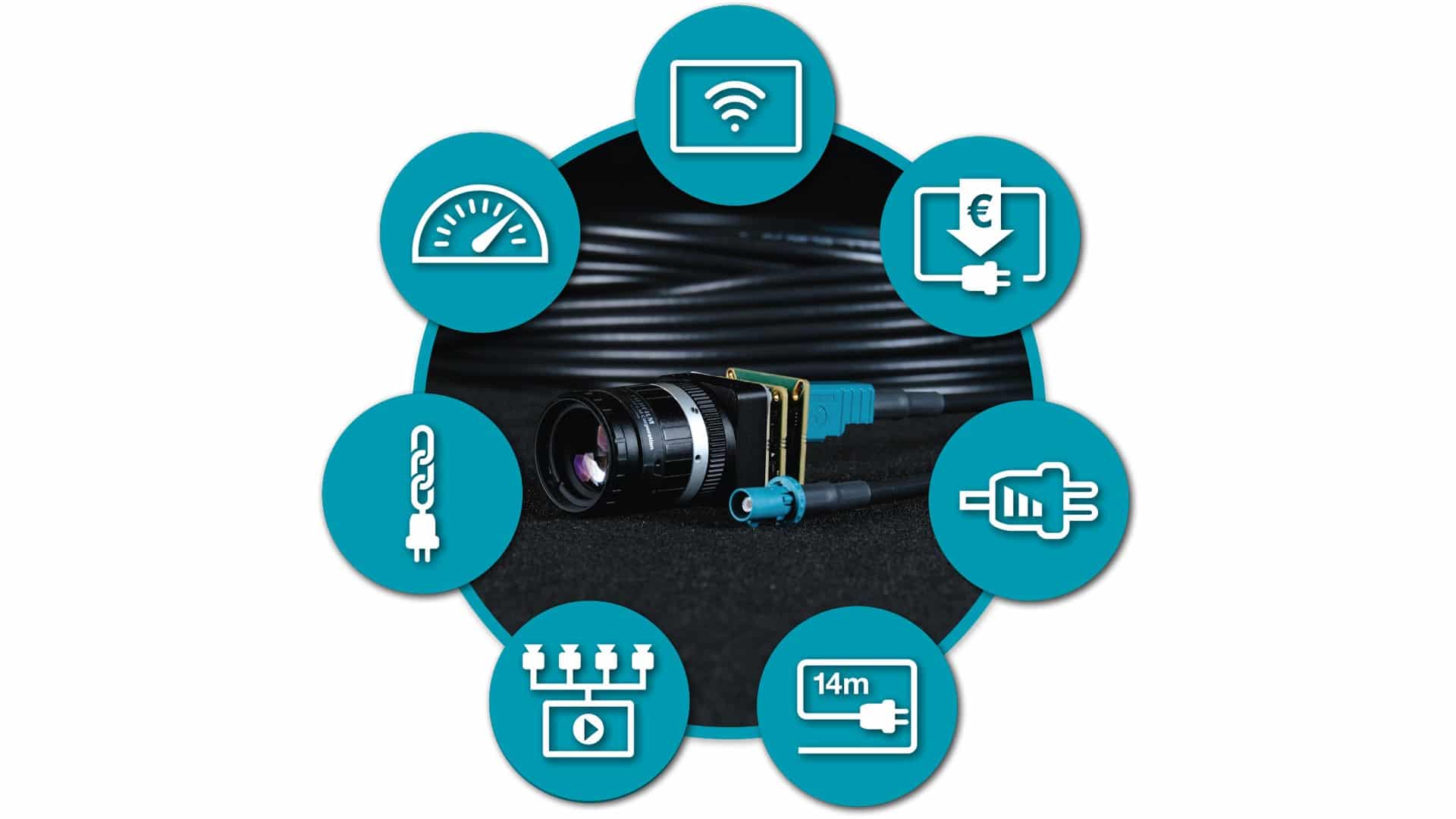Sony Semiconductor Solutions has strongly invested in R&D to overcome the inherent challenges of OLED micro-display technology. Exceptional results prove them right – like a long lifespan, stable brightness and the new burn-in avoiding Orbit technology.
Miniature OLED displays are cutting-edge small video displays providing fast response,high-contrast image technology and precise color reproduction. The very thin displays bring greater visual impact to Near-to-Eye (NTE) applications like industrial and consumer AR/VR/MR, broadcasting, electronic view finders, industrial maintenance, and, medical devices. Farrukh Hussain from Sony Semiconductor Solutions talks about the specific advantages of Sony’s OLED micro-display technology, and about selecting the optimal display model for facing the unique challenges in the five top industries.
Which specific advantages do OLED Micro-displays have compared to other display technologies?
The specific advantages depend on the environment in which the OLED micro-display is employed. I will focus on the Near-to-Eye (NTE) display systems, where the tiny pixelated display surface is magnified by dedicated auxiliary optics. Here, OLED micro-displays have three main benefits over other technologies like LCD, or LCOS displays.
First, no external backlight is required for OLED displays. OLED is a self-emitting, electroluminescence display which is based on the substrate organic material. The lack of external backlight makes the display much thinner and lighter, resulting in an ideal form factor for NTE devices, and both low power consumption and low heat generation. Also, it is worth mentioning that each and every pixel is individually illuminated only when the current is applied to it that enhances image quality. In the case of LCD displays, the backlight is always on for the full display area, thereby reducing maximum contrast. At the same time, OLED micro-displays can significantly reduce power consumption as only active pixels require current.
Secondly, another advantage is the outstanding contrast. Each pixel is illuminated individually, and those pixels which need to be black are off, without requiring current. Therefore, black is truly black, without the light leakage that can be observed in LCD displays; here, black often appears to be gray. The application of OLED technology results in a contrast ratio that is greater than 100,000:1.

A third and truly innovative benefit is the fast response time; this feature is especially important for medical devices and the response time required by AR / VR headsets in gaming scenarios. The light emission occurs immediately after current is applied on each pixel. Therefore, the response time in OLED micro displays is in terms of microseconds (µs), compared to milliseconds (ms) for LCD displays. The liquid-crystal (LC) molecule has longer relaxation times and re-alignment takes more time after excitation. Also, the OLED response time remains unaffected by low temperatures, where the LCD response time is slower in cooler environments. Therefore, OLED micro-displays have a much wider operating temperature range than LCD displays.
However, like all emerging technologies, OLED micro-displays come with their inherent challenges. It is one of our most important goals at Sony Semiconductor Solutions to overcome these hurdles and explore new frontiers.
How would you solve, or avoid the disadvantages of OLED technology, like a shorter lifespan, lower brightness, and the occurrence of burn-in?
First of all, it is our incentive and corporate goal to constantly improve – we at Sony Semiconductor Solutions invest many R&D resources and research hours to focus on the aforementioned challenges. Let me explain how we attempt to solve these challenges: Today, the shorter lifespan of OLED devices is a kind of a pre-conception and always depends on operating conditions. Some of our panels would take many of thousands of hours to reach half-luminance levels, which means years or nearly decades of high-brightness operation, based on the given daily usage hours. Additionally, and as a testament to our products, Sony’s OLED micro-displays lifetime degradation performance is unmatched by our rivals.

Secondly, limited luminance levels are an inherent challenge for OLED display technology. Limited luminance levels, to a degree, are acceptable in applications like VR headsets or Electronic viewfinders. However, augmented reality (AR) applications require much higher luminance output levels from their display source. Most of our competitors can offer luminance up to maximum 1,000 or 2,000 cd/m2. Some of our latest display panels guarantee a luminance output of up to 3,000 cd/m2, without an impact on lifetime degradation. This high luminance output is a unique offering. Our goal is to double this luminance figure and eventually eliminate this drawback entirely for our customers.
Currently, we have succeeded with the effect of burn-in: The concern with burn-in is now redundant; we have developed a unique Orbit Function which blurs the sharp edges of static images, and makes it more difficult to detect the burn-in phenomenon in Sony OLED micro-displays.
Often, companies offering volume purchases for OLED micro-displays struggle with the issues of producing very high yields.
The mass production of semiconductor components is a highly technical and complicated process. However, Sony Semiconductor Solutions is well known for selecting high purity SI wafers, the precise application of EL deposited layers, and final cell assembly. After many years of business, we have successfully shipped millions of OLED panel micro-displays panels from our factories. We are very proud to offer a very stable and robust supply chain on which our customers can rely.
Name the TOP 5 industries for the supply of OLED micro-display, and identify the end products customers build with them?

Any near-to-eye system is a potential use for OLED micro-displays. Electronic View Finders for industrial and consumer cameras, electronic binoculars and monoculars for thermal imaging and bird watching, are two industries where OLED technology is at the forefront of development. Additionally, medical devices, remote procedures, fundus cameras, and ophthalmic devices are the focus of our customers. Gaming and entertainment headsets are the most common use cases for Virtual Reality (VR). Other examples are remote assistance wearables and mixed reality headsets in the area of Augmented Reality (AR). The application of OLED technology is not restrictive, especially in the industrial environment. Here, there are many individual examples in this environment that are dedicated to very specific applications.
What are the challenges and requirements faced by customers in these industries, and how can OLED Micro-displays provide a solution?
The main criteria for Electronic View Finders are the design and colour stability. We offer our panels with different types of frames, depending on the customers integration preference. In addition, we have models that provide either narrow or wide fields of view, and our colour stability is the best in the market, even in environments with variable temperatures.
Specifically, customers care about the operating temperature range of Electronic Binoculars and Monoculars, where it comes back to the colour stability in different temperatures. Also, the aspect ratio is of particular importance. Our panels are available in both 4:3 and 16:9 ratios.
The contrast ratio, and a very reliable and stable supply chain, are the main criteria for the Medical Devices industry. They have long certification processes, and need products that will be available for a very long time. These requirements are necessary to avoid double certification, or to risk the obsolescence of products due to unavailability or superseded components.
VR Headsets must be fast and bright, but have to meet design requirements. Generally, customers choose their preferred model based on the response rate and colour stability. However, the footprint and the viewing angle must be a fit for the user, too. In addition, these devices must have a stable supply chain to guarantee smooth production processes from evaluation to mass market, with high volumes and longer life cycles.
The most demanding applications are AR wearables. These dual-reality glasses, with “through-the-medium” viewing, require high luminance, high resolution, and high contrast and colour stability. This remote assistance scenario requires speedy frame rates without latencies, and a comfortable design with suitable viewing angles. Here, a stable supply chain is important as AR wearables are primarily used for individual device developments in industrial maintenance, and other demanding industries.
In addition to these industry specific criteria, all of our OLED micro-displays function with large apertures, high luminance, a wide colour spectrum, less reflectance, and a high dynamic range. They operate with extreme speed and without motion lag, or blur.
FRAMOS® wishes to thank to Farrukh Hussain from Sony Semiconductor Solutions for this overview about OLED micro-displays and their many applications.
The complete OLED portfolio is available through FRAMOS. The industry and product experts at FRAMOS are available to support customers with the integration of OLED displays into their applications and projects. The table below provides information to customers for selecting the optimal micro-display for their industrial application (Table 1):
|
Electronic Viewfinders |
Electronic Binoculars / Monoculars |
Medical Devices |
VR Headsets |
AR wearables |
|
| Criteria |
Design |
Temperature |
Contrast Ratio |
Response Rate |
Luminance |
|
Viewing angle |
Aspect Ratio |
Supply Chain |
Colour stability |
Contrast |
|
|
Colour stability |
Viewing angle |
Resolution |
|||
|
Design |
Frame rate |
||||
|
Supply chain |
Colour Stability |
||||
|
Design |
|||||
|
Viewing angle |
|||||
|
Supply chain |
|||||
|
|
|||||
| Models |
ECX334 |
ECX 334 |
ECX 334 |
ECX334 |
ECX335 |
|
ECX335 |
ECX 337 |
ECX 337 |
ECX335 |
ECX336 |
|
|
ECX337 |
ECX 339 |
ECX337 |
ECX337 |
||
|
ECX339 |
|
|
ECX339 |
||
Table 1: OLED Models and Selection Criteria
